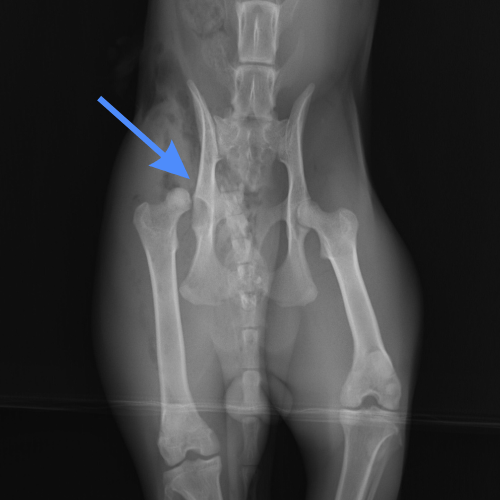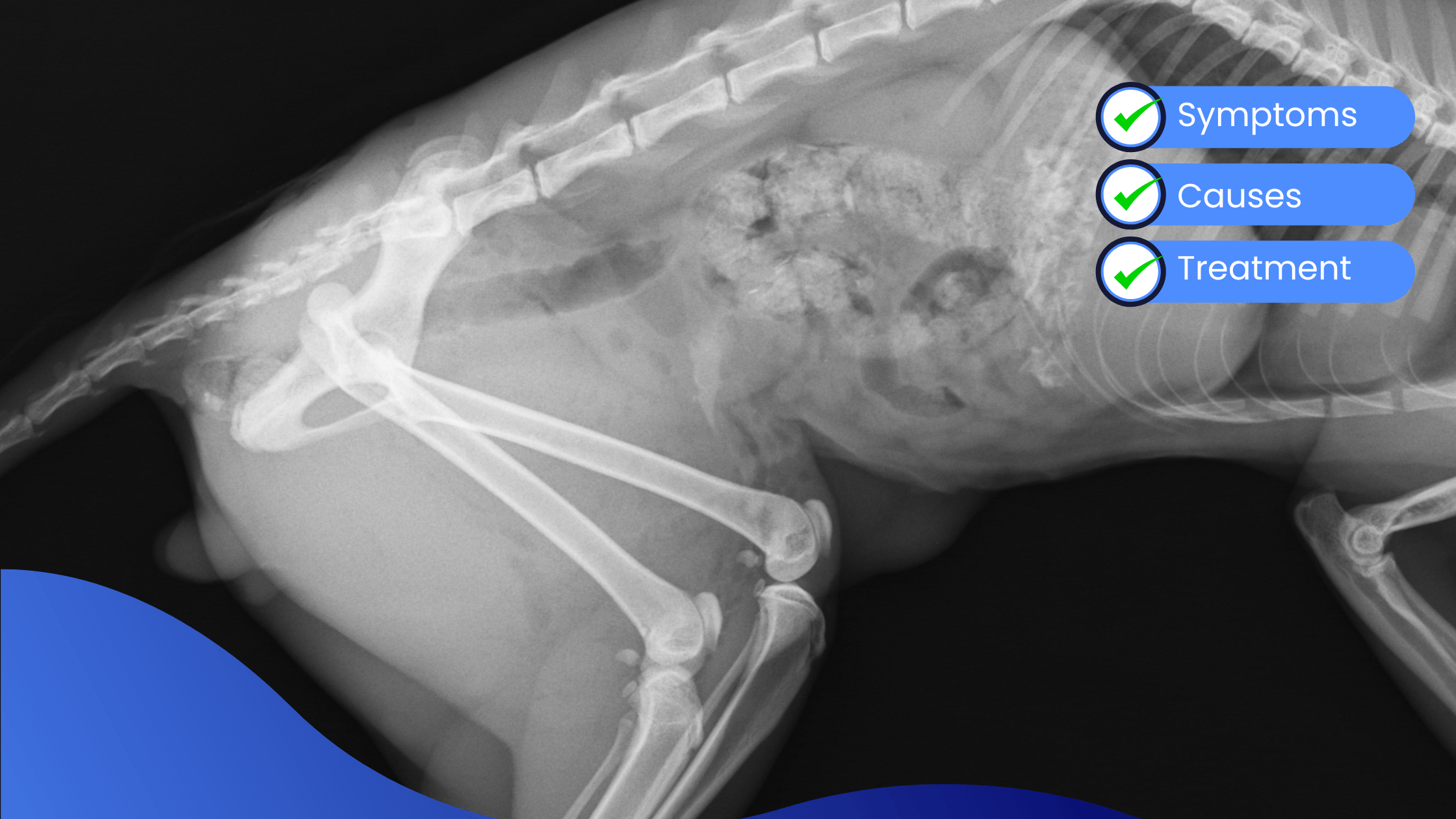Understanding Hip Luxation in Pets: Causes, Symptoms, and Treatment!
Hip luxation, or hip dislocation, is a condition where the head of the femur (thigh bone) slips out of the acetabulum (hip socket). It’s a painful and potentially debilitating condition that can affect both dogs and cats.
What are the causes of hip luxation in cats and dogs?
- Trauma: The most common cause of hip luxation in pets is trauma, such as being hit by a car, falling from a height, or being involved in other accidents.
- Congenital Abnormalities: Some pets may be predisposed to hip luxation due to congenital factors, such as hip dysplasia, where the hip joint is malformed or improperly formed.
- Degenerative Joint Disease: Conditions like osteoarthritis can weaken the joint structures over time, increasing the risk of hip luxation.
- Muscle Weakness or Imbalance: Weakness or imbalance in the muscles supporting the hip joint can also predispose a pet to hip luxation.
What are the symptoms of hip luxation in cats and dogs?
- Lameness: Pets with a luxated hip typically exhibit lameness in the affected limb. They may limp or hold the limb up.
- Pain: Hip luxation is often painful, and affected pets may vocalize or show signs of discomfort when the affected limb is touched or manipulated.
- Abnormal Gait: Pets may have an abnormal gait, with the affected limb appearing shorter or rotated outward.
- Reluctance to Move: Pets may be reluctant to move or may have difficulty rising or jumping.
How do you diagnose hip luxation in cats and dogs?
- Physical Examination: A veterinarian will perform a thorough physical examination of the pet, assessing gait, and limb movement, and palpating the hip joint.
- Imaging Studies: X-rays are typically performed to confirm the diagnosis of hip luxation, evaluate the severity of the luxation, and assess for concurrent injuries or underlying conditions.

What is the treatment for hip luxation in cats and dogs?
Closed Reduction
Attempting to manually manipulate the femoral head back into the hip socket under sedation or anesthesia. This is known as closed reduction and is often performed for acute traumatic hip luxations.
Surgery

Surgical intervention may be necessary in cases where closed reduction is unsuccessful or in cases of chronic or recurrent hip luxation. Surgical options may include stabilizing the hip joint using techniques like toggle pin fixation or performing a femoral head osteotomy (FHO) if the hip joint cannot be salvaged.
Rehabilitation
Following treatment, rehabilitation exercises and physical therapy may be recommended to improve muscle strength, joint range of motion, and mobility in the affected limb.
If you’re worried your furry friend is showing symptoms of hip luxation, book a consultation with us to help determine a diagnosis and immediate treatment.
Thank you for reading, until next time…


That is a good tip particularly to those new to the blogosphere. Brief but very accurate information… Thanks for sharing this one. A must read article!
There’s certainly a great deal to find out about this issue. I like all the points you made.
It’s hard to find educated people in this particular subject, however, you sound like you know what you’re talking about! Thanks